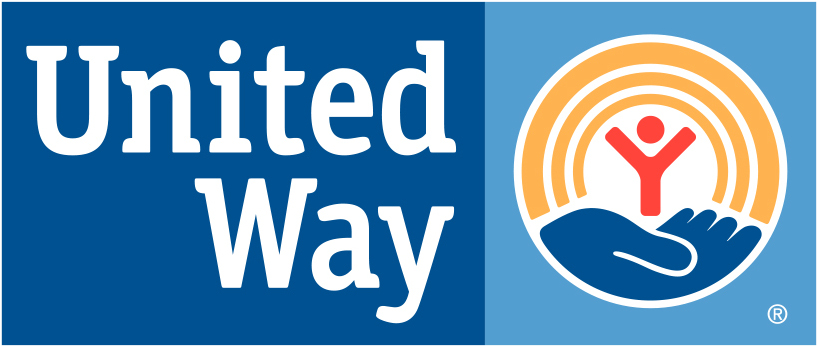Source: The Baltimore Sun
January 9, 2017
By Colin Campbell
A quarter of Maryland families — more than half a million households — live above the federal poverty level but "below a basic survival threshold," according to a report released Monday by the United Way.
The nonprofit's Study of Financial Hardship focused on families who rely on low-wage jobs earning incomes above the $23,550 federal poverty level but below the United Way's calculated "survival budget" of $61,224 for a two-child family.
Service workers, security guards, janitors and other "everyday people" working hourly jobs comprise this "ALICE" category (for Asset Limited, Income Constrained, Employed), said Franklyn Baker, president and CEO of the United Way of Central Maryland.
"They're not people standing on a street corner with a can in their hand asking for money," Baker said.
The report used state income data from 2014 and sought to provide a better look at economic disparity in the state than the federal poverty line, which the study's lead researcher, Stephanie Hoopes, called "woefully inadequate" because it is standard nationwide.
"What we are measuring here is the bare basic costs of what it takes to live and work in the economy of Maryland," Hoopes said.
About 10 percent of Maryland families, about 209,000, make less than the federal poverty level.
Expanding that figure with the 534,800 "ALICE" households, the United Way found that more than one-third of Maryland families can't afford the cost of living and don't earn enough to afford basic necessities or emergency costs.
The household survival budget accounts for housing, child care, food, transportation, health care, miscellaneous costs and taxes required for a family of four with one infant and one preschooler.
The basic survival budget for a single adult is lower, $23,568 per year, but still exceeds the federal individual poverty level of $11,700, the United Way found.
Nearly half the households in Baltimore can't afford the $61,224 survival budget, the report said. Twenty-two percent are below the federal poverty line; another 23 percent are in the "ALICE" category, the report said.
Within the city, the report found that more than three-quarters of families living in some of its poorest neighborhoods were below the ALICE threshold. Those areas included Sandtown-Winchester, Harlem Park, Oldtown, Middle East, Greenmount East, Clifton, Berea, Cherry Hill and Southern Park Heights.
In many cases, these people must choose between child care and health care, owning a car or affording housing, buying medicine or groceries, Baker said.
More than half of jobs in Maryland pay less than $20 an hour, and two-thirds of those jobs pay less than $15 an hour, the report said.
The United Way's study in Maryland, which was sponsored by OneMain Financial and included findings from 20 different institutions, followed a similar one in Morris County, N.J., that has grown to 15 states.
Maryland compares favorably to the other states surveyed. The 35 percent of Maryland households living below the ALICE threshold is the third fewest, after Washington State (32 percent) and Iowa (31 percent).
New York, Florida and Wisconsin had the most: 44 percent, 43 percent and 42 percent, respectively.
